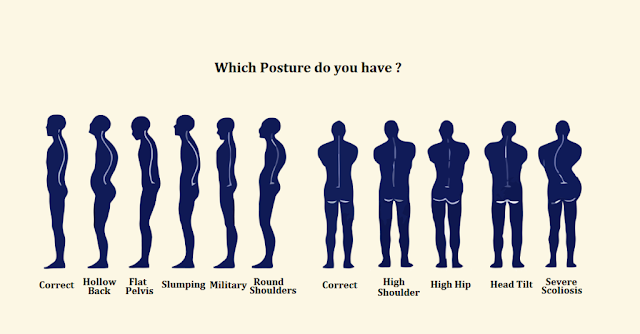It's June 21st. Happy
International Yoga Day! The theme set by United Nations for this year is “Yoga
for Health – Yoga at Home”. The coronavirus pandemic has more than ever before
reinforced the need for home practice. Thanks to modern technology, platforms
like YouTube and Zoom allow yogis to practice together online. Online yoga
classes are also offered on dedicated yoga teaching platforms like AloYoga and
Omstars.
And like this year's theme says, practice yoga to boost your
health and overall well-being. Like B.K.S. Iyengar said, "health is a
state of complete harmony of body, mind, and spirit. When one is free of
physical disabilities and mental distractions. The soul opens." Yoga makes
us conscious of the duality in us; we are body and mind, never one or the
other. We then begin to make choices that enhance our being holistically. Is
this food, job, relationship, or lover good for me wholly? Yoga offers
many mental and physical benefits. I'll discuss a number of physical and mental
benefits of yoga below:
Corrects posture
You’re said to have correct posture when your skeletal structure
is vertically aligned. Your body is said to be vertically aligned when your
ears, shoulders, hips, knees and ankles come into a vertical line when you
stand. Poor posture can result in neck pain, shoulder pain, back pain,
inefficient breathing and a change in spinal curvature. A number of yoga poses
and sequences can correct poor posture over time.
Eases pain
Yoga poses and meditation have proven effective in reducing pain
in people with chronic conditions like carpal tunnel syndrome, arthritis,
fibromyalgia and back pain.
Improves bone health
Studies have shown that practicing yoga can increase bone density
if done properly and consistently. Lower bone density increases the risk for
bone fractures, the reverse being true with higher bone density.
Prevents cartilage and joint breakdown
You move your joints through their full range of motion while
practicing yoga, which can help prevent degenerative arthritis or mitigate
disability.
Lowers blood pressure
Studies published in the British medical journal The
Lancet, revealed that after three months of practicing corpse pose, there
was a 26-point drop in systolic blood pressure and a 15-point drop in diastolic
blood pressure.
Helps you focus
The meditative and breathing exercises done in yoga calm the mind
and body, and keep distracting thoughts at bay. This lets you focus on your
posture, breath and body. This concentration id translated beyond your yoga
practice into your day-to-day activities, and when you’re performing mental
tasks.
Helps you sleep deeper
Restorative yoga, yoga nidra (a guided form of relaxation) and
pranayama (breathing techniques) turn the senses inward, thereby providing
downtime for the nervous system.
Increases blood flow
Yoga improves blood circulation in the body, bringing more oxygen
to your cells – which function better consequently. Yoga twists bring fresh
blood to your organs, while inversions reverse blood flow from the lower
extremities of the body to the heart.
Lowers cortisol levels
Yoga reduces the levels of cortisol – the stress hormone – in the
body, and is thus helpful to chronically ill persons who have high levels of
cortisol, like those suffering from hypercortisolism – Cushing’s syndrome and
Cushing’s disease, depression and type 2 diabetes.
Increases your heart rate
Some yoga styles are quite athletic in nature and helps you burn
calories by increasing your heart rate. Sun salutations for example classify as
moderate-to-vigorous-intensity activity.
Lowers blood sugar
By exercising the body’s muscles, yoga increases glucose uptake by
muscular cells, which in turn lowers blood sugar levels. Yoga practices like
asanas, pranayama, mudras, bandha, meditation, mindfulness and relaxation also
reduce blood glucose levels.
Other
physical benefits of yoga include:
- Making you
happier.
- Relaxing your
system.
- Boosting
immunity.
- Building muscle
strength.
- Improving
flexibility.
- Improving your balance.
- Protecting your
spine.
As reported by
Psychology Today, the mental benefits of regular yoga practice include:
- An enhancement
of social wellbeing through a sense of belonging.
- An improvement
in the symptoms of depression, attention deficit and hyperactivity, and
sleep disorders.
- An improvement
in the symptoms of schizophrenia when done alongside drug therapy.
- An improvement
in workplace well-being and resilience.
- An increase in
the level of gamma-aminobutyric acid, or GABA, a chemical in the brain
that helps to regulate nerve activity.
Namaste,
guys!






Comments
Post a Comment